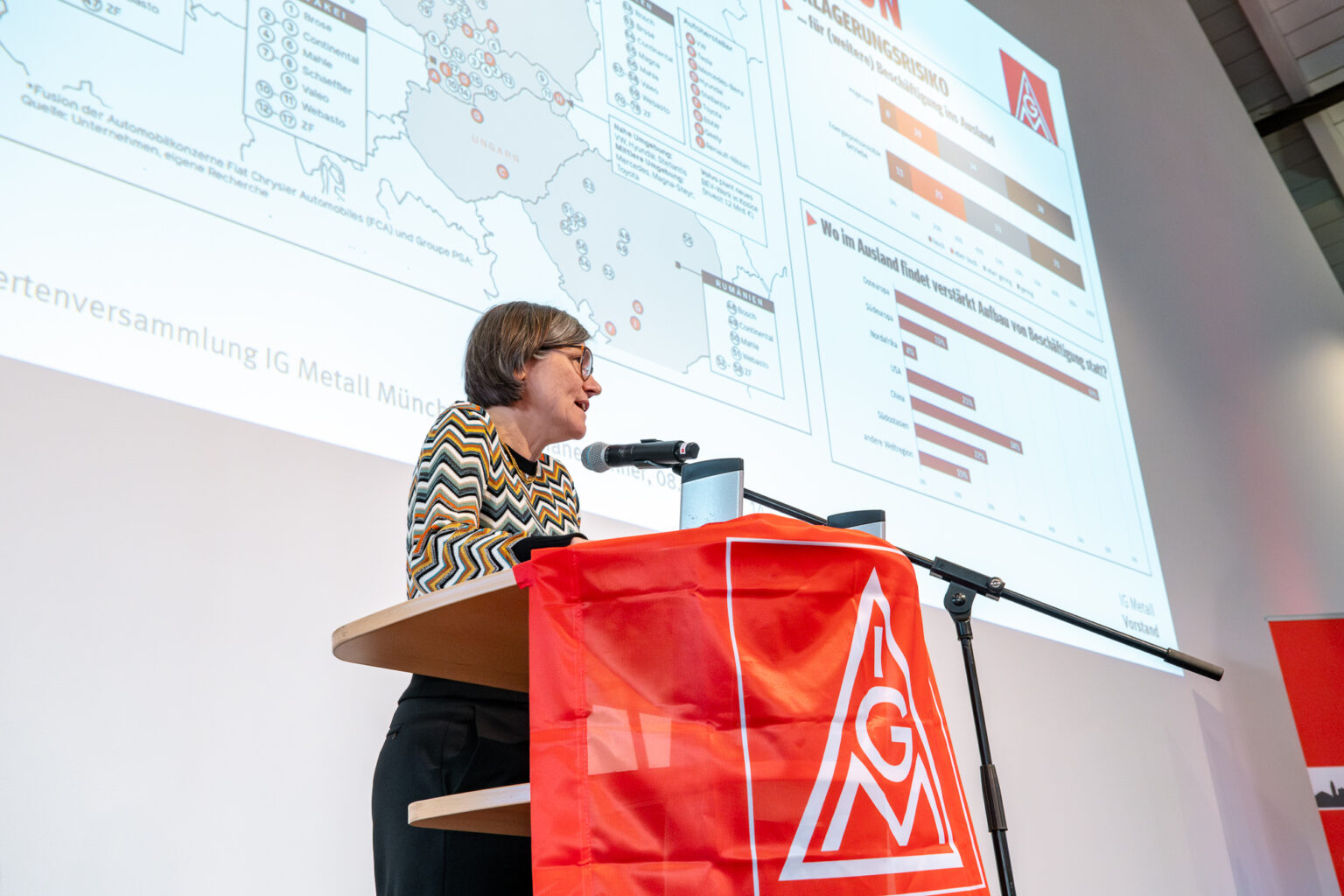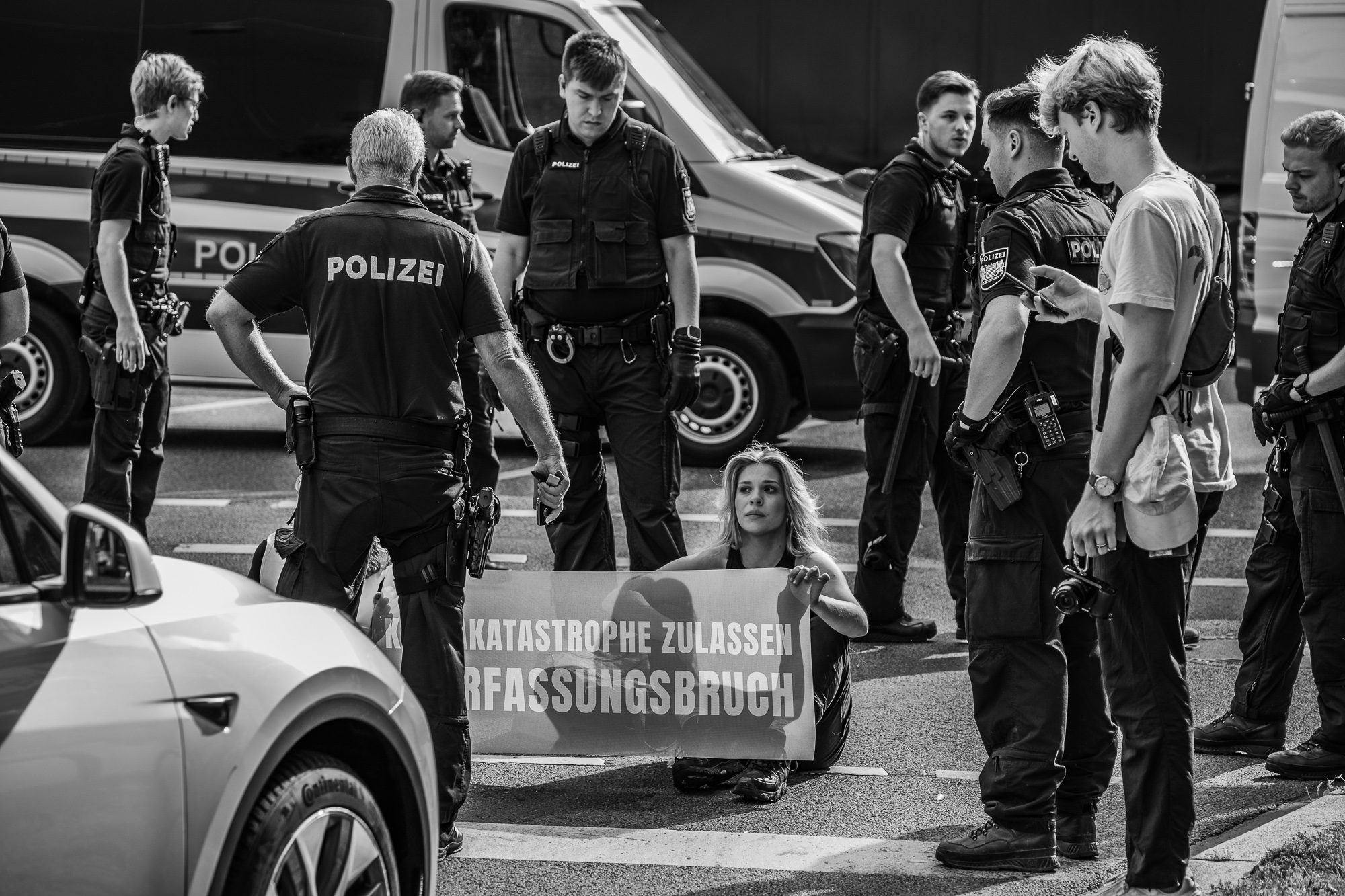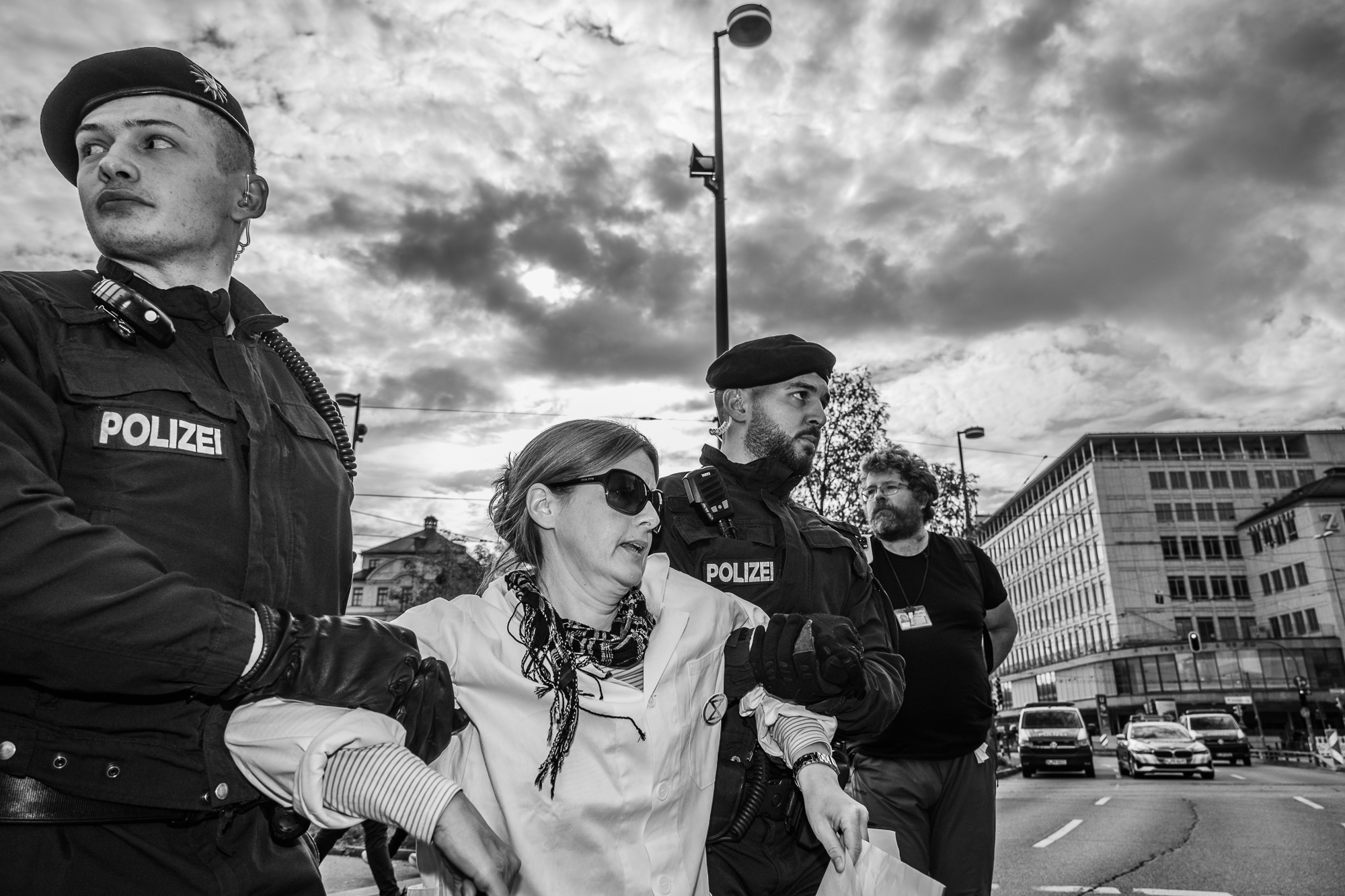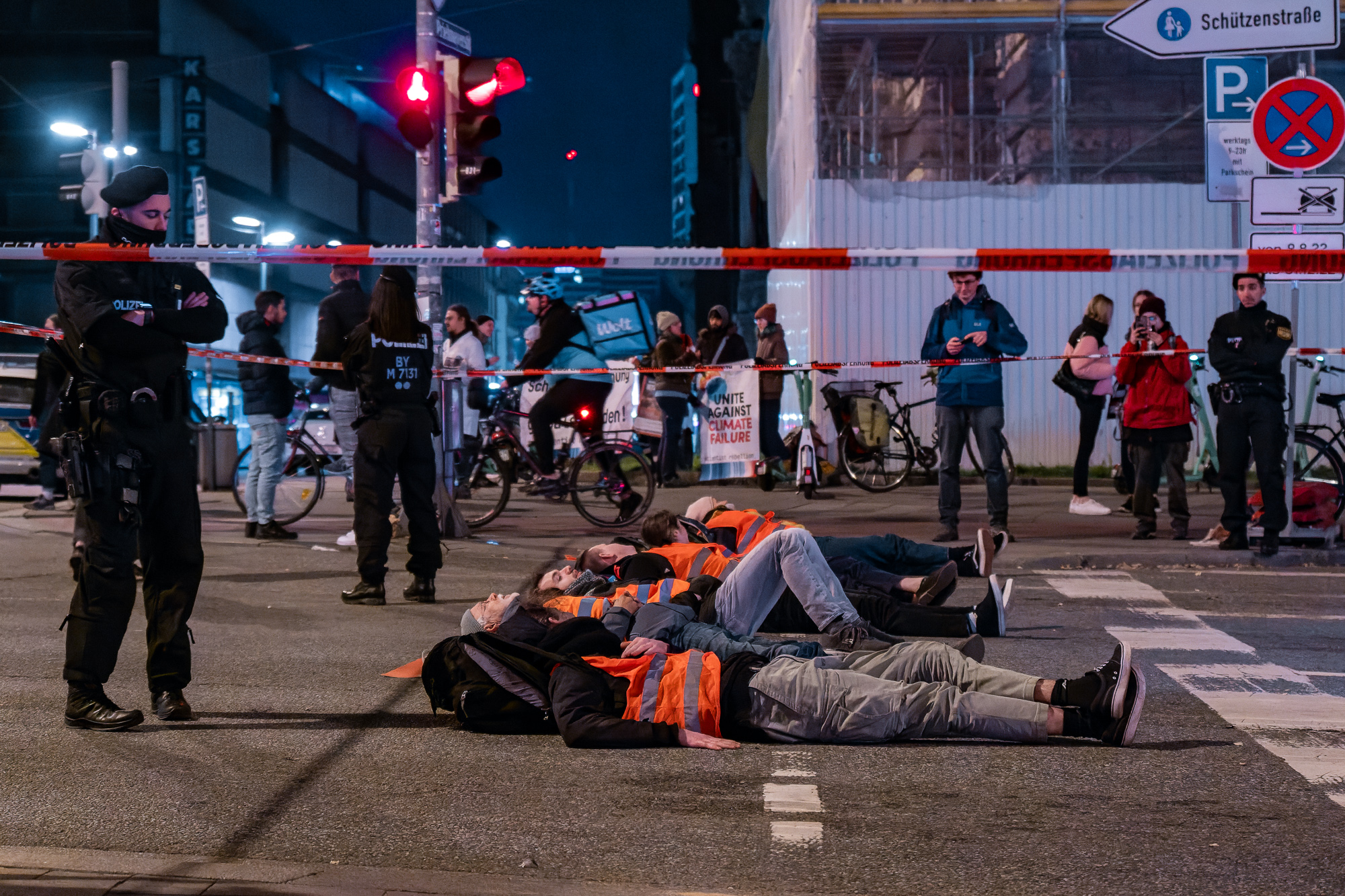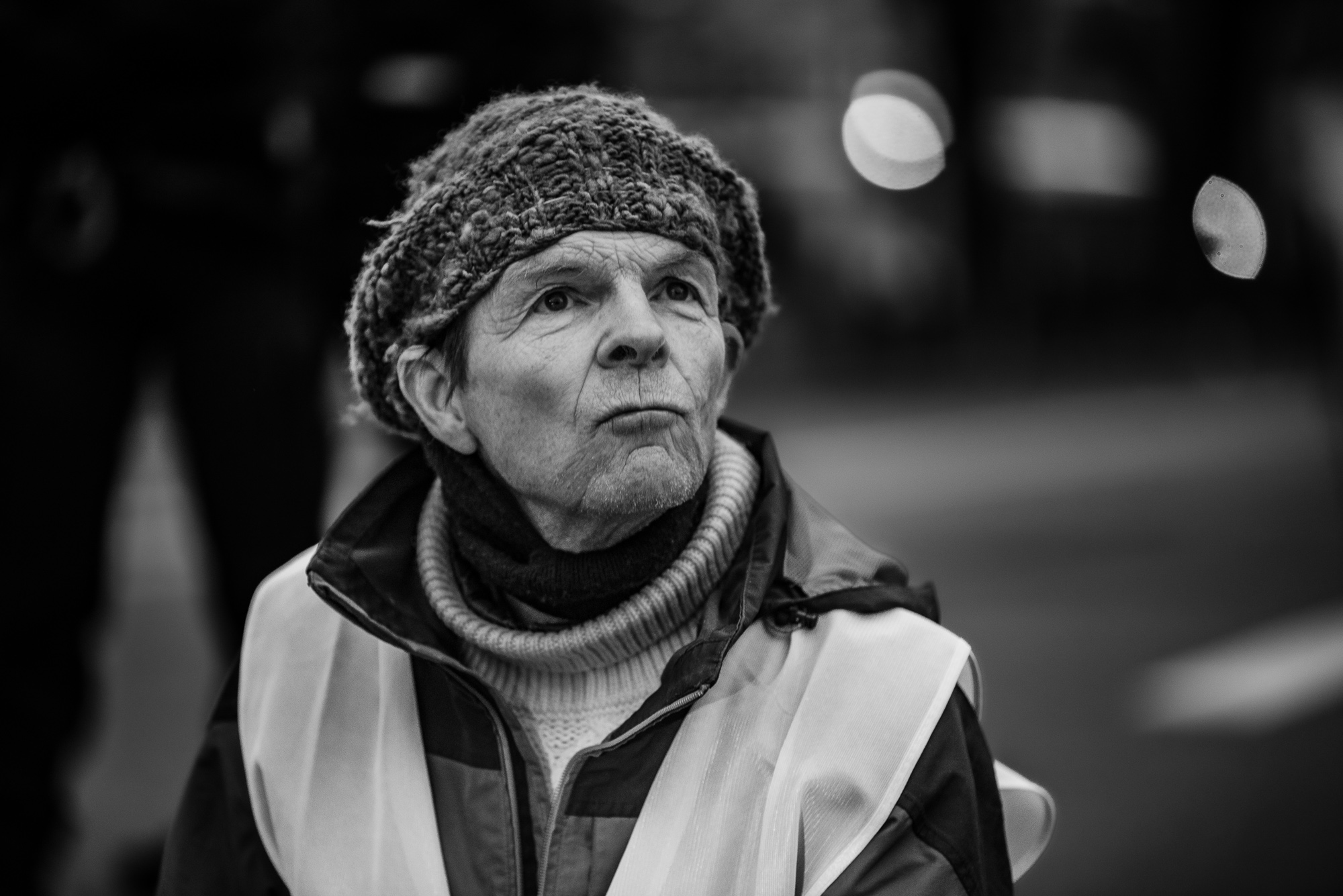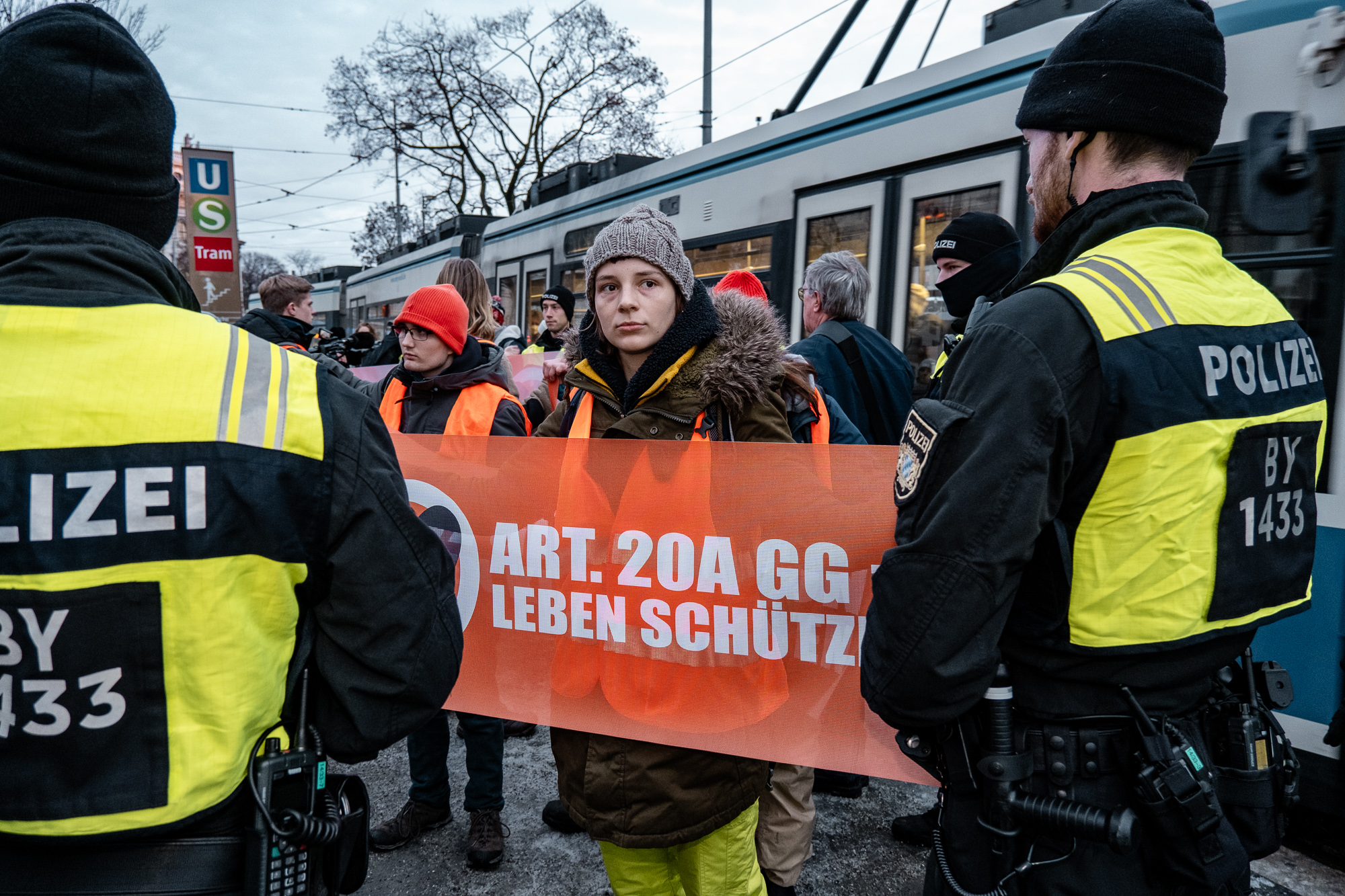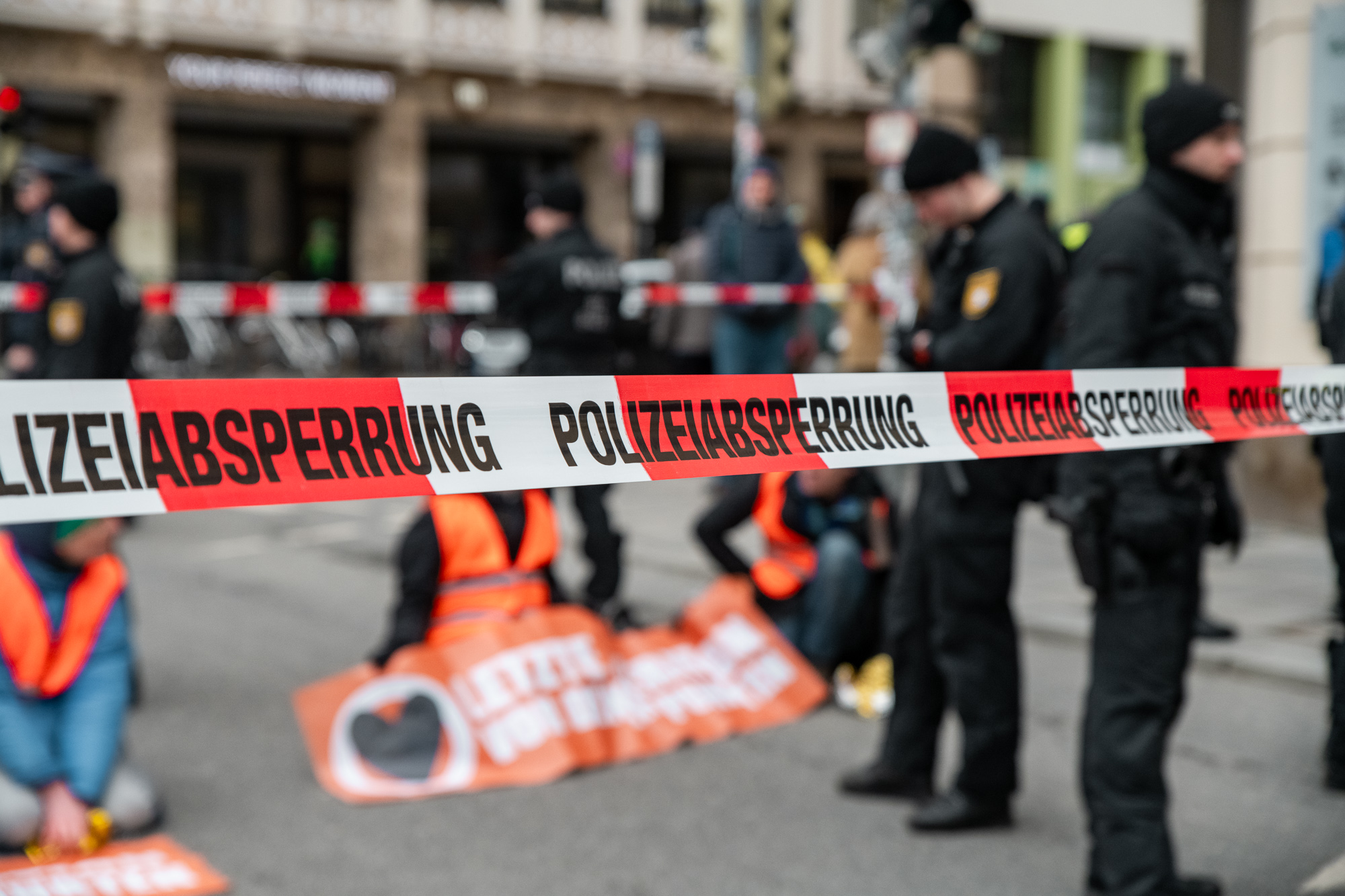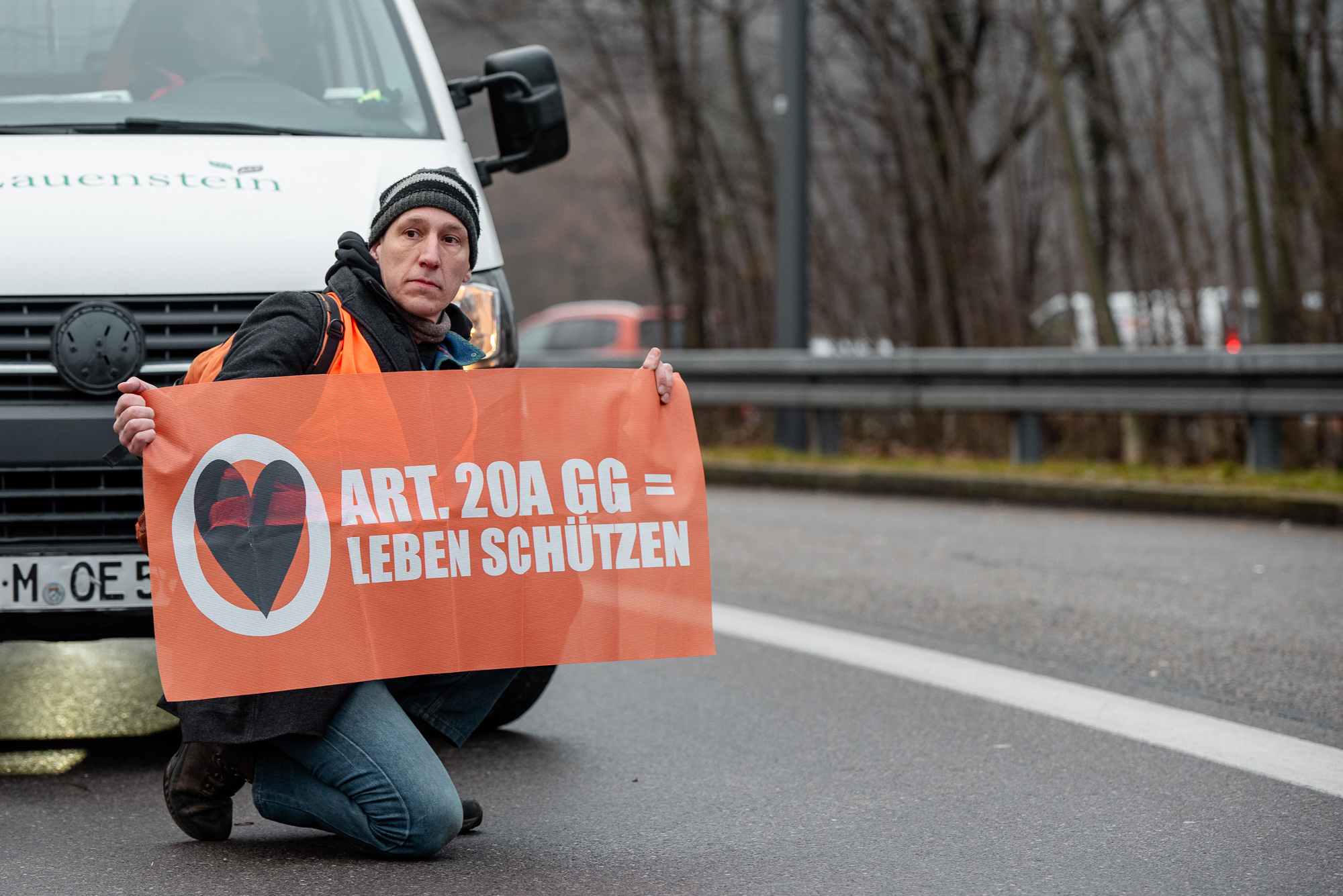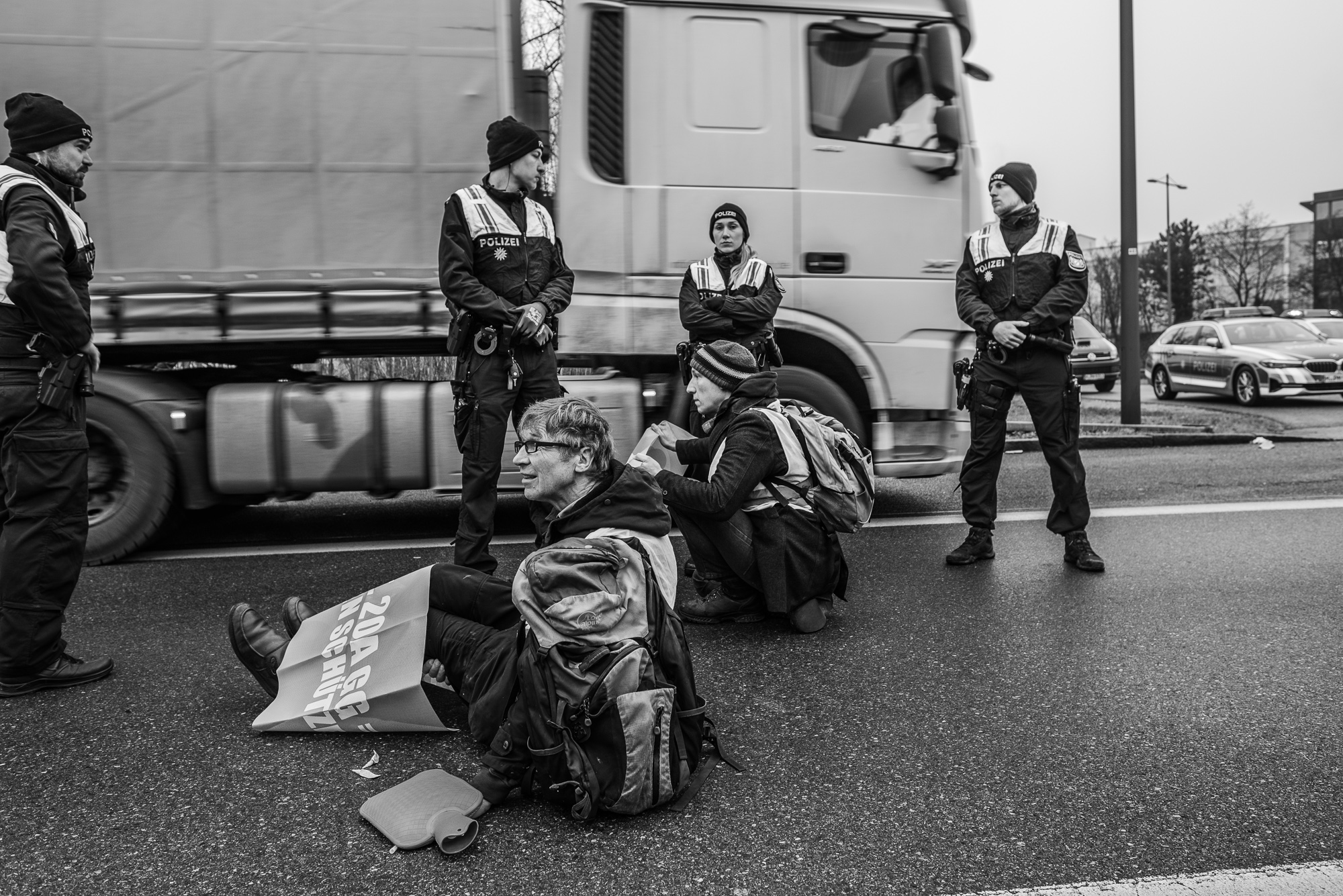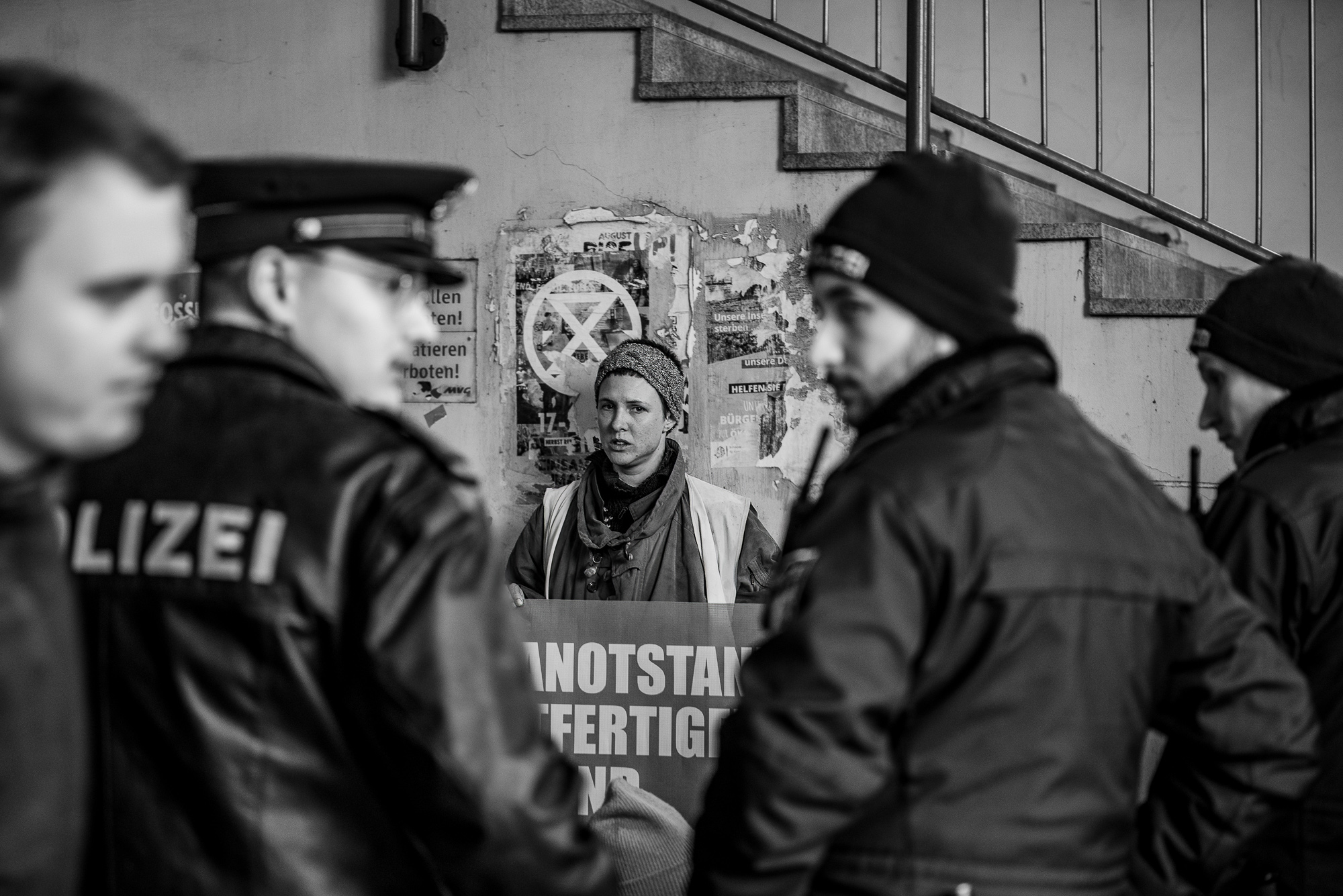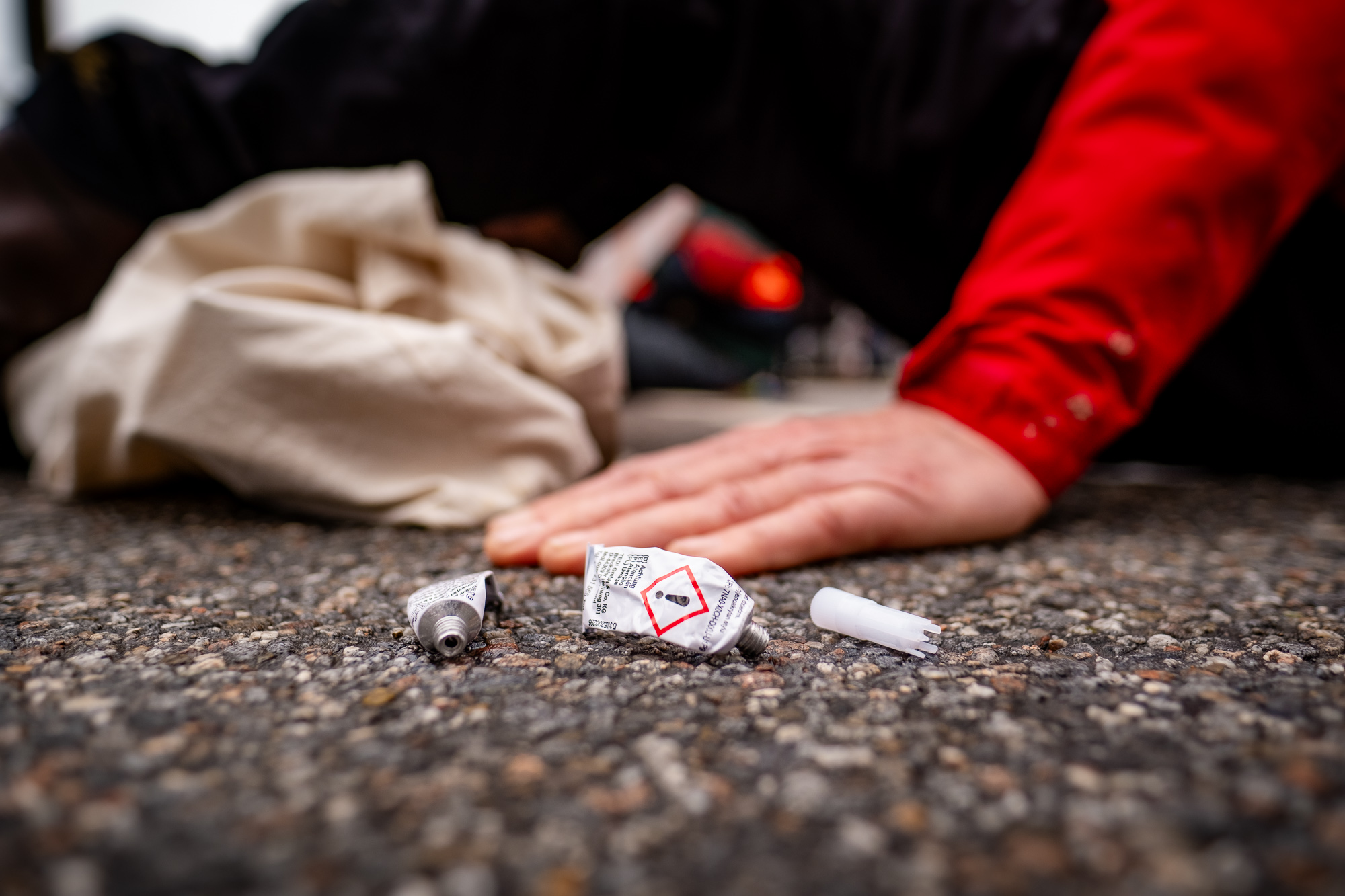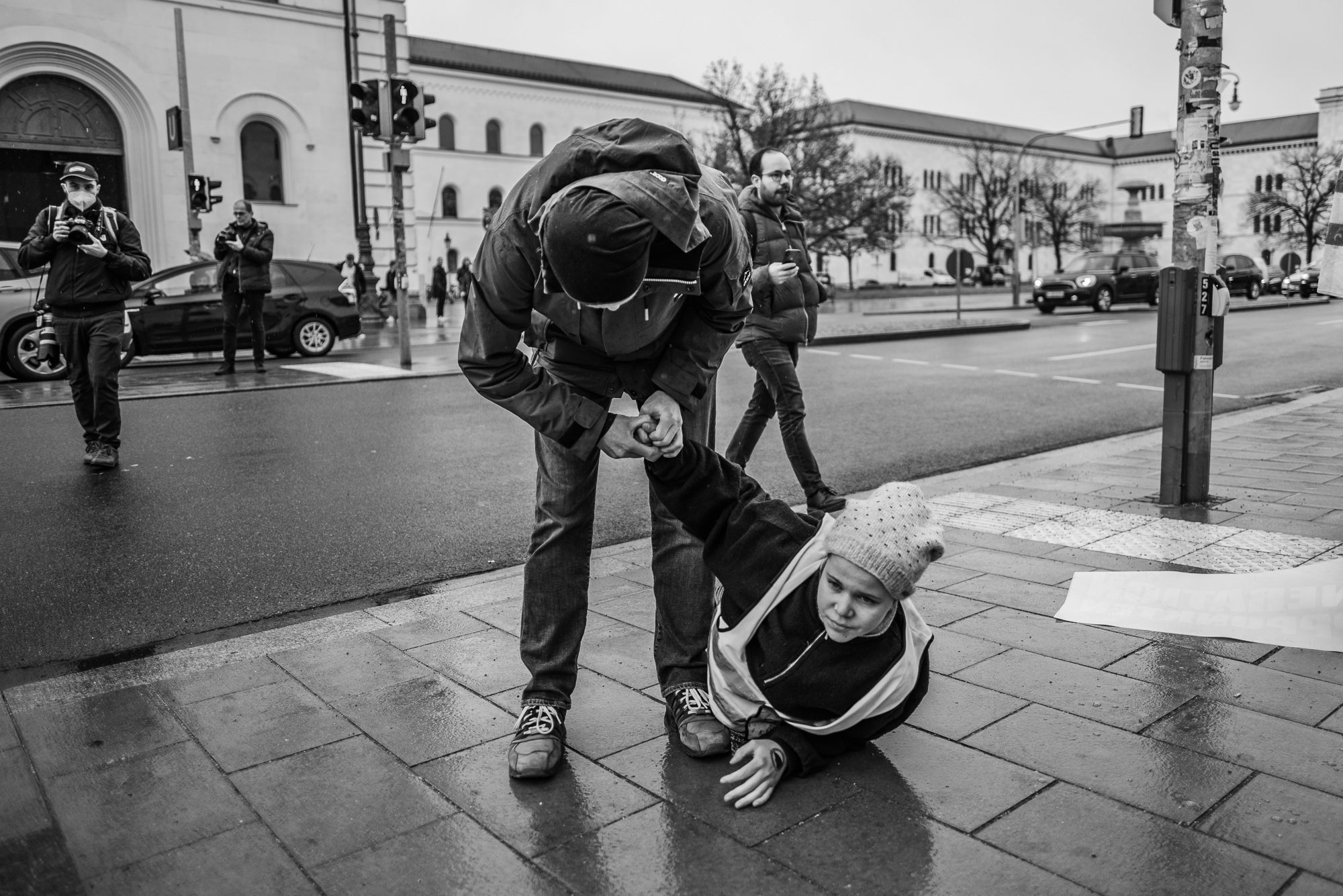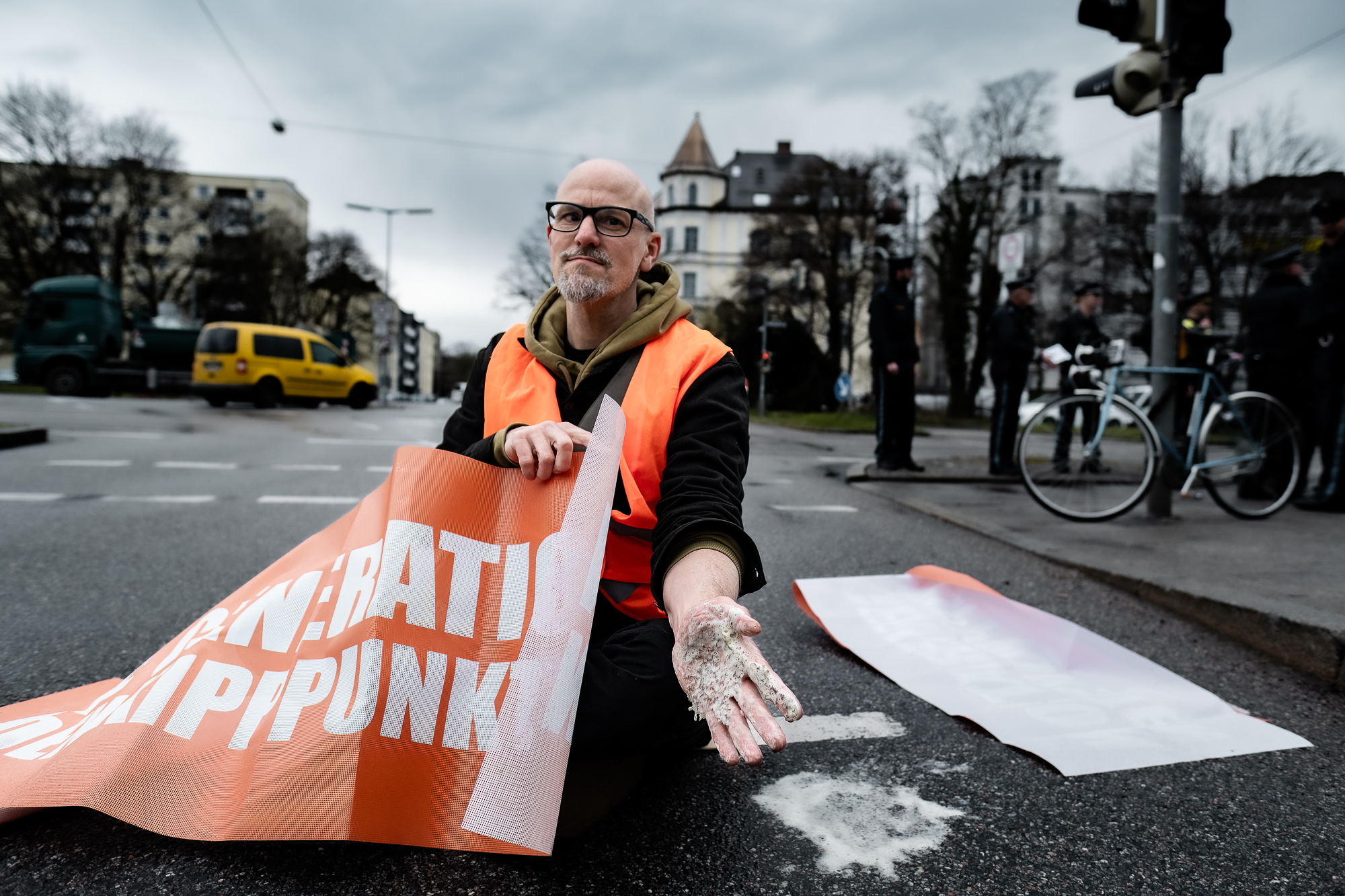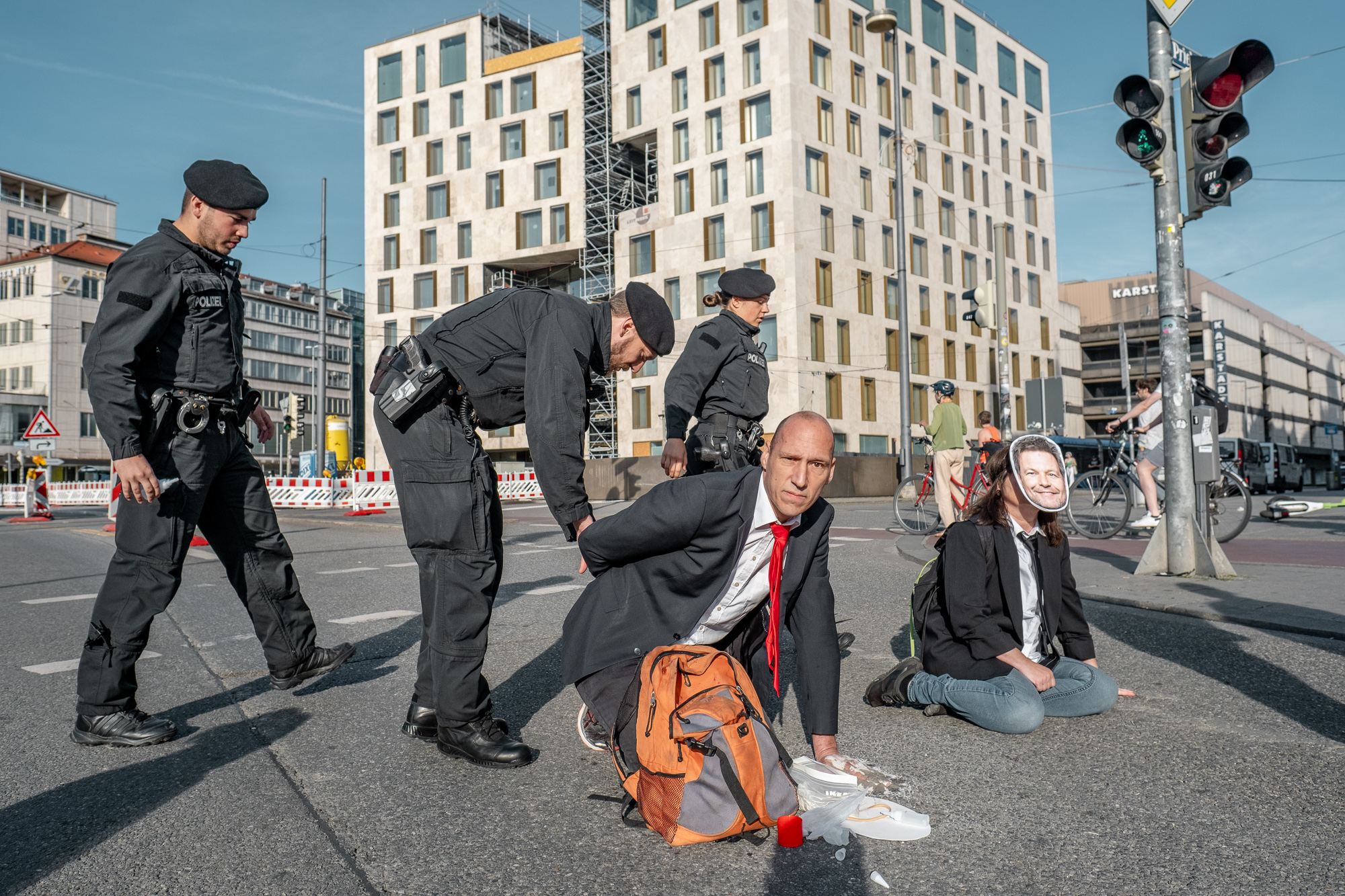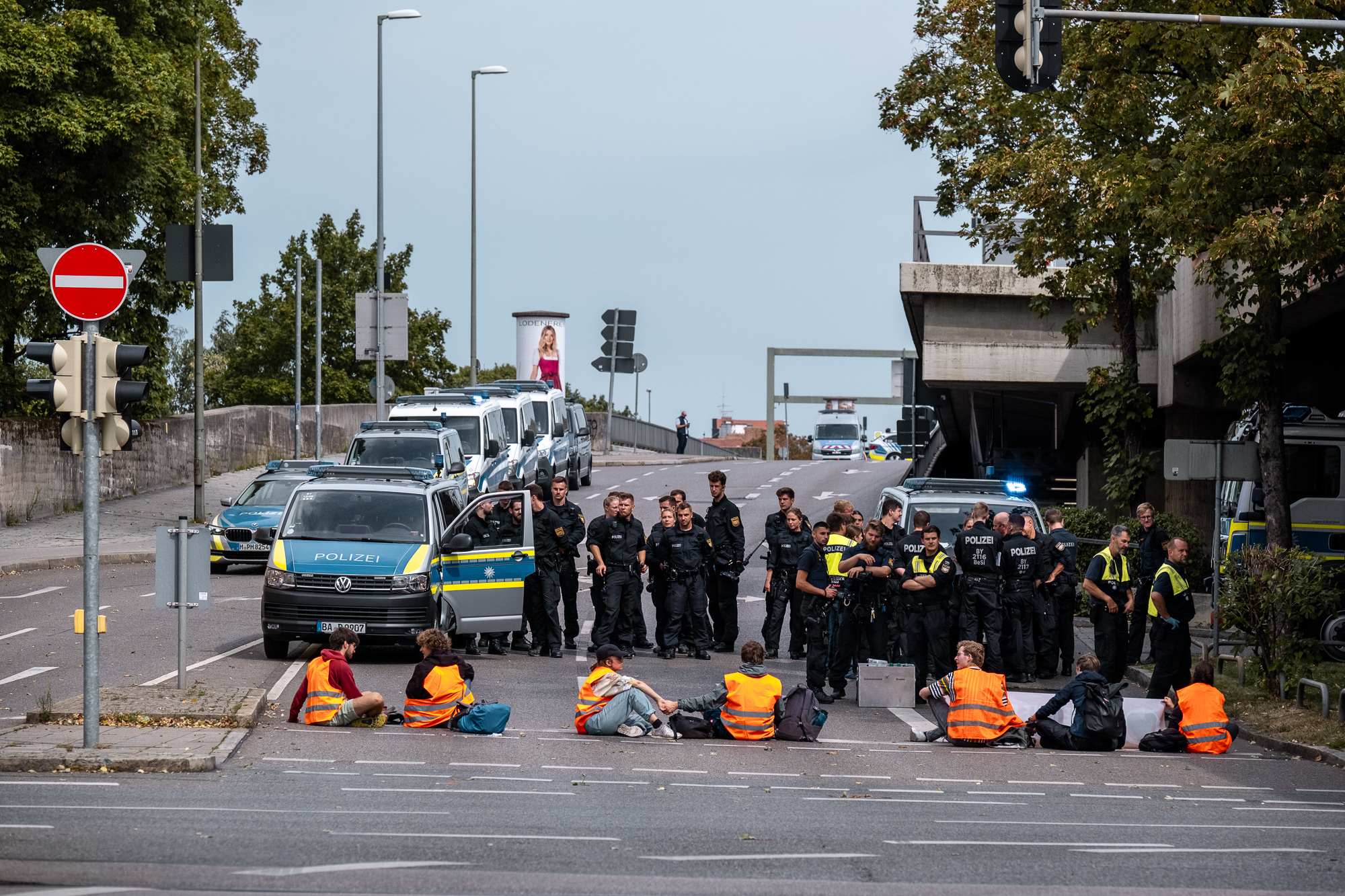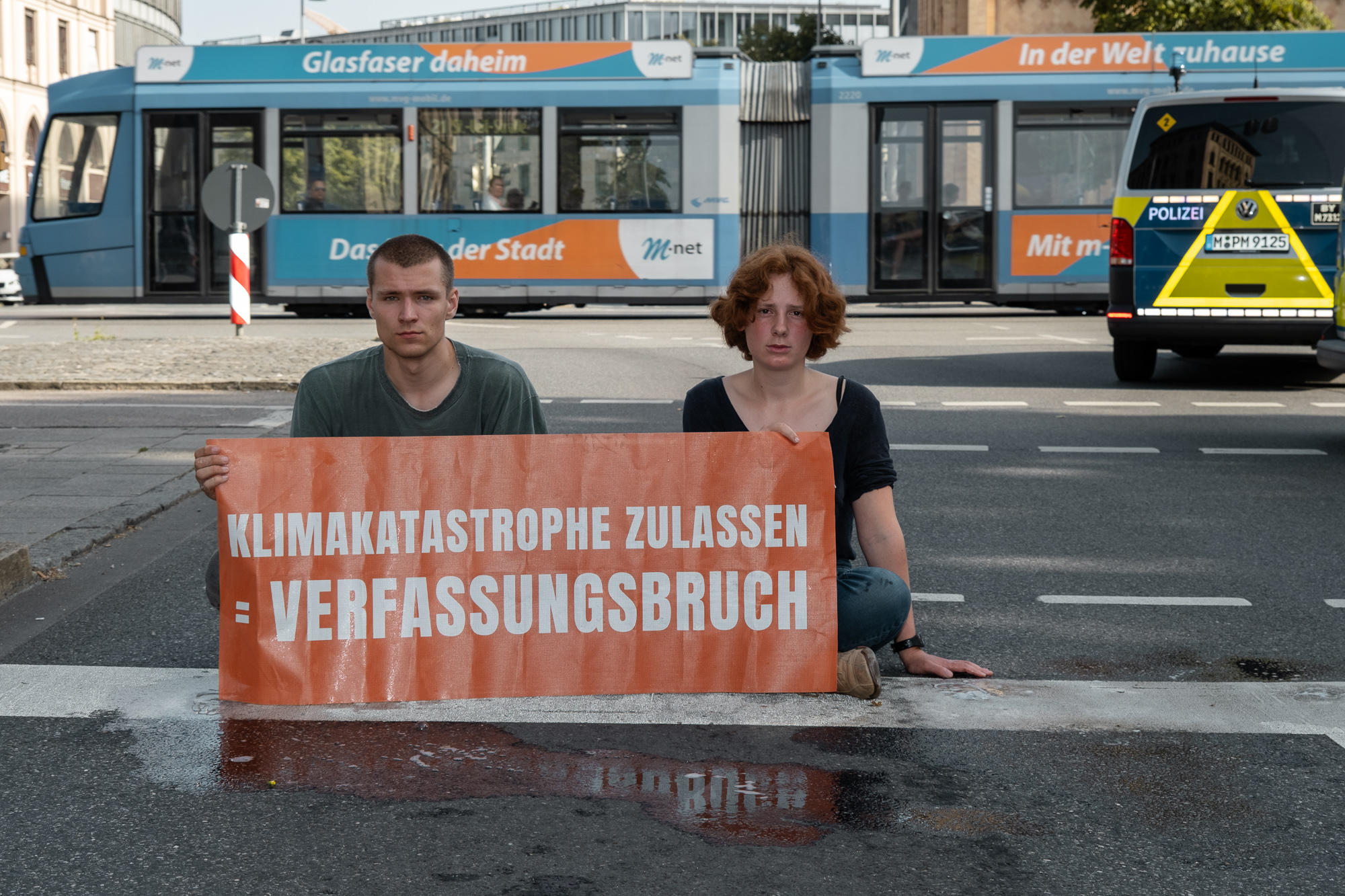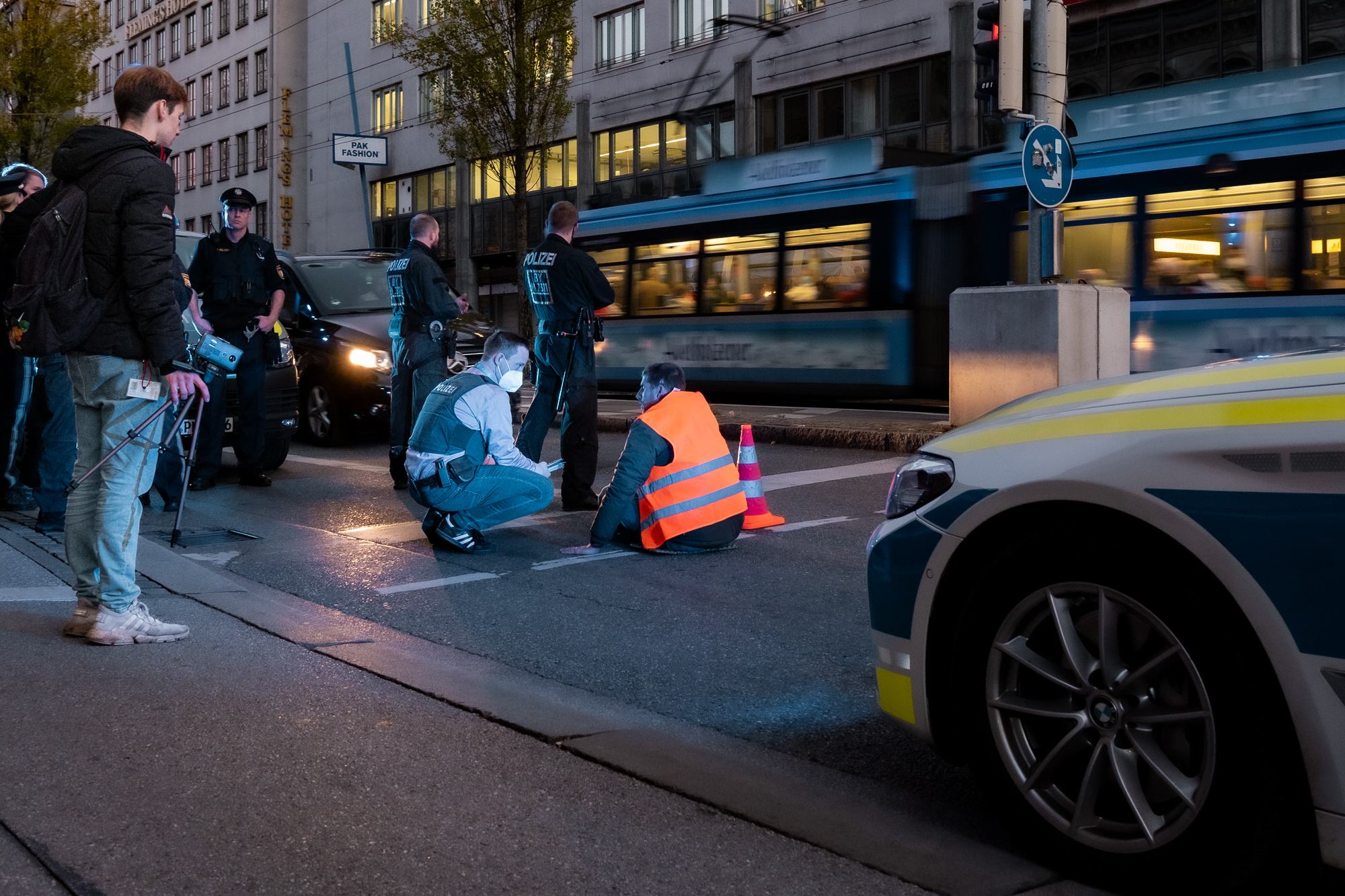Last generation in Munich
The last generation: goals, methods and social debates
Who is the “Last Generation”?
The “Last Generation” is a protest movement campaigning for comprehensive measures to combat the climate crisis. It sees itself as a group of people who want to take decisive action in the face of the ongoing destruction of our planet – with the conviction that we are the “last generation” that can still stop climate change. Their message is clear: without drastic changes, we face a future in which climate catastrophes, resource scarcity and social conflicts will dominate everyday life.
Goals and demands of the movement
The movement’s goals include, in particular, a rapid reduction in CO₂ emissions and a reorientation of society towards a more sustainable lifestyle. Specific demands include, for example, compliance with the Paris climate targets, the phase-out of fossil fuels and a fairer climate policy that also takes social inequality into account.
Provocative methods: protest with consequences
The methods of the “Last Generation” are deliberately provocative and are based on the principle of civil disobedience. Actions such as street blockades, smearing artworks with washable substances or sticking things in public places are intended to attract attention and initiate social discourse. Such actions, which are often perceived as disruptive or inappropriate, are a deliberate break with convention – to make the urgency of their message heard.
Controversy and social debate
However, these methods are also precisely the reason why the “Last Generation” is the subject of much controversy. Their actions polarise: Critics accuse the movement of unnecessarily obstructing people’s everyday lives or instrumentalising popular works of art. Some even consider the forms of protest to be counterproductive, as they could provoke rejection among the general public. On the other hand, however, there are also many voices that pay tribute to the activists – for their courage, their commitment and their willingness to accept personal consequences in order to advance the climate debate.
Regardless of whether you agree or disagree with their methods, the “Last Generation” has managed to draw attention to the climate crisis and put urgent issues on the social agenda. Their actions not only challenge politicians, but also encourage society to grapple with uncomfortable questions: How much is the protection of our livelihoods worth to us? And how far can protests go to draw attention to grievances?
The “Last Generation” is a movement that polarises – but it also shows how deep the concern for the future of our planet now runs. Their actions remind us that the time for action is short and that the question of a sustainable future affects every individual.
